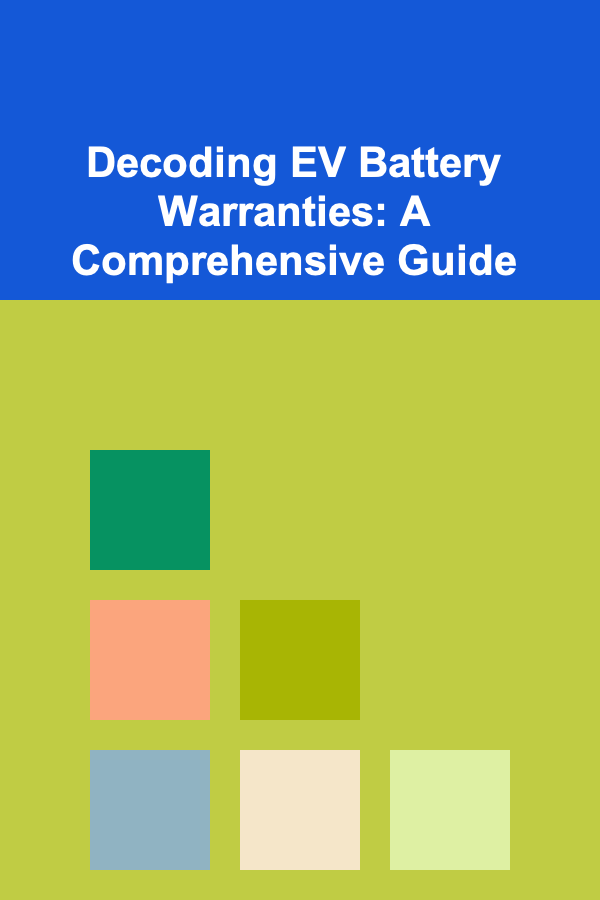
How to Navigate Small Claims Court: A Lawyer's Perspective
ebook include PDF & Audio bundle (Micro Guide)
$12.99$5.99
Limited Time Offer! Order within the next:
Not available at this time

Small claims court is often seen as the domain of individuals seeking a quick and simple resolution to their disputes. For many, it is a cost-effective and less formal alternative to the traditional legal process. However, navigating small claims court can be challenging, particularly for those who have never been involved in legal proceedings before.
As a lawyer, I often encounter individuals who are unsure of the small claims process, especially when they're representing themselves. In this article, we will explore how to navigate small claims court from a lawyer's perspective, discussing the essential steps involved, strategies for presenting your case effectively, and common pitfalls to avoid.
1. Understanding Small Claims Court
Before stepping into a small claims court, it is vital to understand what it is and how it differs from other courts. Small claims court is designed to resolve disputes involving small amounts of money. The specific limit varies by jurisdiction but typically ranges from $2,500 to $10,000 in damages, depending on where you live. This court is intended for individuals who wish to resolve their disputes without hiring an attorney or undergoing a lengthy legal process.
Small claims court is usually less formal, allowing people to represent themselves and present their case directly to a judge. Unlike civil court, which often involves multiple hearings, motions, and lengthy procedures, small claims court aims for a faster resolution.
2. When to Consider Small Claims Court
Small claims court is appropriate for cases that involve minor financial disputes. Some common examples include:
- Unpaid debts: If someone owes you money and has failed to pay after repeated attempts, small claims court can help you recover what's owed.
- Contract disputes: If a contract has been violated or breached (e.g., not fulfilling the terms of a service agreement), you may file a claim.
- Property damage: If your property has been damaged due to someone else's actions (e.g., a car accident or accidental damage), you can seek compensation.
- Landlord/tenant disputes: Disagreements over security deposits, repairs, or other rental issues can also be resolved through small claims court.
However, there are limits to what small claims court can handle. For example, claims involving personal injury, defamation, or complex business issues often exceed the jurisdiction of small claims court.
3. Preparing Your Case
Proper preparation is key to a successful small claims case. It is important to gather the necessary evidence and organize your arguments before you step into the courtroom. A well-prepared case increases the likelihood of winning your case and securing the judgment you are seeking.
a) Gathering Evidence
In small claims court, the judge will rely heavily on the evidence you provide. The burden of proof is on the plaintiff, meaning it's up to you to prove that you are entitled to compensation. This requires collecting all relevant documents and items that support your claim. Here are some examples of evidence you might need:
- Written contracts: If the dispute involves a contract, make sure you have a copy of the signed agreement.
- Receipts: Provide receipts for any payments made or purchases involved in the case.
- Photographs or videos: For property damage or injury cases, provide photographic or video evidence of the damage or injury.
- Witnesses: If there are individuals who can testify on your behalf, ask them to appear or provide statements.
- Emails, texts, or letters: Correspondence between parties can be crucial in establishing the timeline and facts of the dispute.
- Bank statements: If money has been transferred, provide bank statements showing the transaction history.
b) Organizing Your Case
Once you have gathered your evidence, it is essential to organize it in a logical and easy-to-understand manner. Create a clear timeline of events that led to the dispute, and prepare a list of key points you want to address in your case. This will help you present a coherent argument during the hearing.
4. Filing Your Claim
To start a small claims case, you must file a claim with the court. The process and the forms required can vary depending on your jurisdiction, but generally, you will need to:
- Complete a claim form: This form outlines the nature of your case, the amount of money you are seeking, and the reasons for your claim.
- Pay a filing fee: Most courts charge a small filing fee when you submit your claim. The fee amount can vary, but it's usually minimal compared to hiring a lawyer.
- Serve the defendant: Once you file the claim, you must notify the person or business you are suing, known as the defendant. This is called "service of process." You can typically serve the defendant by certified mail or by having someone deliver the papers in person.
Make sure to double-check the court's specific procedures before filing. Some jurisdictions may have additional requirements, such as mediation or pre-hearing conferences, that you must attend before your case can proceed to trial.
5. The Court Hearing
On the day of the hearing, arrive early, dress professionally, and bring all of your documents and evidence. Small claims hearings are typically much faster than traditional court proceedings, but being prepared will ensure you make the best impression and present your case effectively.
a) Presenting Your Case
When it's your turn to speak, the judge will give you the opportunity to explain your side of the case. Here are some tips to present your case effectively:
- Be clear and concise: Judges are busy, so make sure you present your arguments in a straightforward and organized manner. Avoid unnecessary details and stay focused on the facts.
- Stick to the facts: Emotional appeals or personal attacks on the defendant are generally not helpful in court. Instead, stick to the evidence and facts that support your claim.
- Use your evidence: Show the judge the evidence you have gathered. Present your documents, photographs, and any other materials in a clear and organized manner. If you have witnesses, ask them to testify in support of your case.
- Remain respectful: Courtrooms can be stressful, but it's important to remain respectful and professional. Address the judge as "Your Honor" and refrain from interrupting the defendant or the judge.
b) The Defendant's Response
The defendant will also have an opportunity to present their side of the case. In some situations, the defendant may offer a counterclaim (i.e., a claim against you), which the judge will consider alongside your claim. Listen carefully to the defendant's arguments and respond calmly and logically.
c) The Judge's Decision
After both parties have presented their case, the judge will either make a ruling immediately or take the case under advisement and issue a decision at a later date. In most small claims cases, the decision is made fairly quickly. If you win your case, the judge will issue a judgment in your favor, stating the amount of money the defendant owes you.
6. Enforcing a Judgment
Winning a judgment is an important victory, but it's only part of the process. Unfortunately, even after a judgment is made, there is no guarantee that the defendant will voluntarily pay the money owed. If the defendant fails to pay, you may need to take additional steps to enforce the judgment.
Some common ways to collect on a judgment include:
- Wage garnishment: You may be able to have the defendant's wages garnished, meaning a portion of their paycheck will be sent directly to you.
- Bank account levy: If the defendant has money in a bank account, you may be able to freeze their account and seize the funds to satisfy the judgment.
- Property liens: If the defendant owns property, you may be able to place a lien on their property, preventing them from selling it until the debt is paid.
Enforcing a judgment can be challenging, and the procedures for doing so vary by jurisdiction. It may be helpful to consult with an attorney or the court clerk to understand the options available to you.
7. Common Pitfalls to Avoid
While small claims court is designed to be accessible, there are several pitfalls that can derail your case. Here are a few common mistakes to avoid:
- Not having enough evidence: As the plaintiff, it's your responsibility to prove your case. Failing to provide sufficient evidence can result in your case being dismissed.
- Missing deadlines: Be sure to follow all court deadlines for filing documents and serving the defendant. Missing these deadlines can result in your case being delayed or dismissed.
- Failing to prepare for the hearing: Going to court without a clear understanding of your case or without organizing your evidence is a recipe for failure. Take the time to prepare thoroughly.
- Being unprofessional: Courtrooms are formal environments, and how you behave can impact the judge's perception of your case. Be respectful, courteous, and prepared.
8. Conclusion
Navigating small claims court can be intimidating, but with proper preparation and a clear understanding of the process, it can be a highly effective way to resolve disputes without the need for expensive legal representation. By gathering evidence, presenting your case logically, and respecting the court's procedures, you can significantly increase your chances of success.
Whether you are seeking compensation for an unpaid debt, contract breach, or property damage, small claims court provides an accessible platform to fight for your rights. With the right approach, you can navigate the small claims process successfully and achieve the resolution you seek.

How to Create a Checklist for Updating Website Software and Plugins
Read More
How to Organize Your Closet Using the KonMari Method
Read More
How to Remove Grease and Grime from Kitchen Surfaces
Read More
Decoding EV Battery Warranties: A Comprehensive Guide
Read More
10 Tips for Negotiating Lower Student Loan Interest Rates
Read More
10 Tips for Minimizing Surgical Pain and Discomfort
Read MoreOther Products

How to Create a Checklist for Updating Website Software and Plugins
Read More
How to Organize Your Closet Using the KonMari Method
Read More
How to Remove Grease and Grime from Kitchen Surfaces
Read More
Decoding EV Battery Warranties: A Comprehensive Guide
Read More
10 Tips for Negotiating Lower Student Loan Interest Rates
Read More